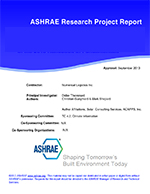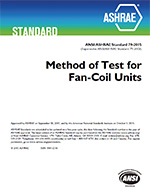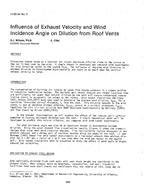A liberal arts college in Los Angeles was plagued by inefficient use of low-pressure (LP) steam produced by its two 150 kWe cogeneration units. Poor integration of the LP cogen system into the college’s existing high-pressure (HP) steam boiler plant led to under-utilization of cogenerated steam during the non-space-heating season. Six years of inefficient operation was estimated to have cost the college $750,000 in lost utility and maintenance savings. To improve steam-plant operations, the college’s facilities management staff implemented a plan to convert HP steam loads to LP, replace HP steam boilers with LP equipment, and improve the use of cogenerated steam through the installation of a hot water thermal energy storage (TES) system.
A study was commissioned that identified the plant’s peak winter steam requirements and the typical steam profile for the non-space-heating season. Data from this work helped draw two conclusions: (1) converting HP steam loads to LP would boost demand for cogenerated steam, and (2) a hot water thermal energy storage (TES) system could further utilize a portion of remaining excess cogen steam for the manufacture and storage of the kitchen’s domestic water for use during peak steam demand periods. Combined, these two measures were estimated to improve utilization of cogenerated LP steam by 11,000 pounds (5,000 kg) per day and reduce boiler fuel consumption by 40,000 therms (4,220,000 MJ) each season. In addition to this work, a major plant renovation project was completed, which included the replacement of a 60-year-old, 280 bhp (2,747 kW) HP steam boiler, with two new LP boilers. Conversion to LP and the start-up of the hot water TES was completed in May 1997. During the first year of operation, after the improvement, boiler gas savings exceeded 52,000 therms (5,486,000 MJ). Maintenance savings of $100,000 were also accrued by eliminating licensed HP boiler operators. All construction work described to improve energy efficiency and rehabilitate the steam plant cost $687,000 and is on track to produce a simple payback of 5.5 years. Overall, this paper demonstrates the energy and cost inefficiencies that may result if the opportunities to use waste heat from cogeneration systems are incorrectly identified.
Units: Dual
Citation: Symposium, ASHRAE Transactions, 1998, Vol. 104, Part 2, Toronto, ON
Product Details
- Published:
- 1998
- Number of Pages:
- 9
- File Size:
- 1 file , 140 KB
- Product Code(s):
- D-7700


